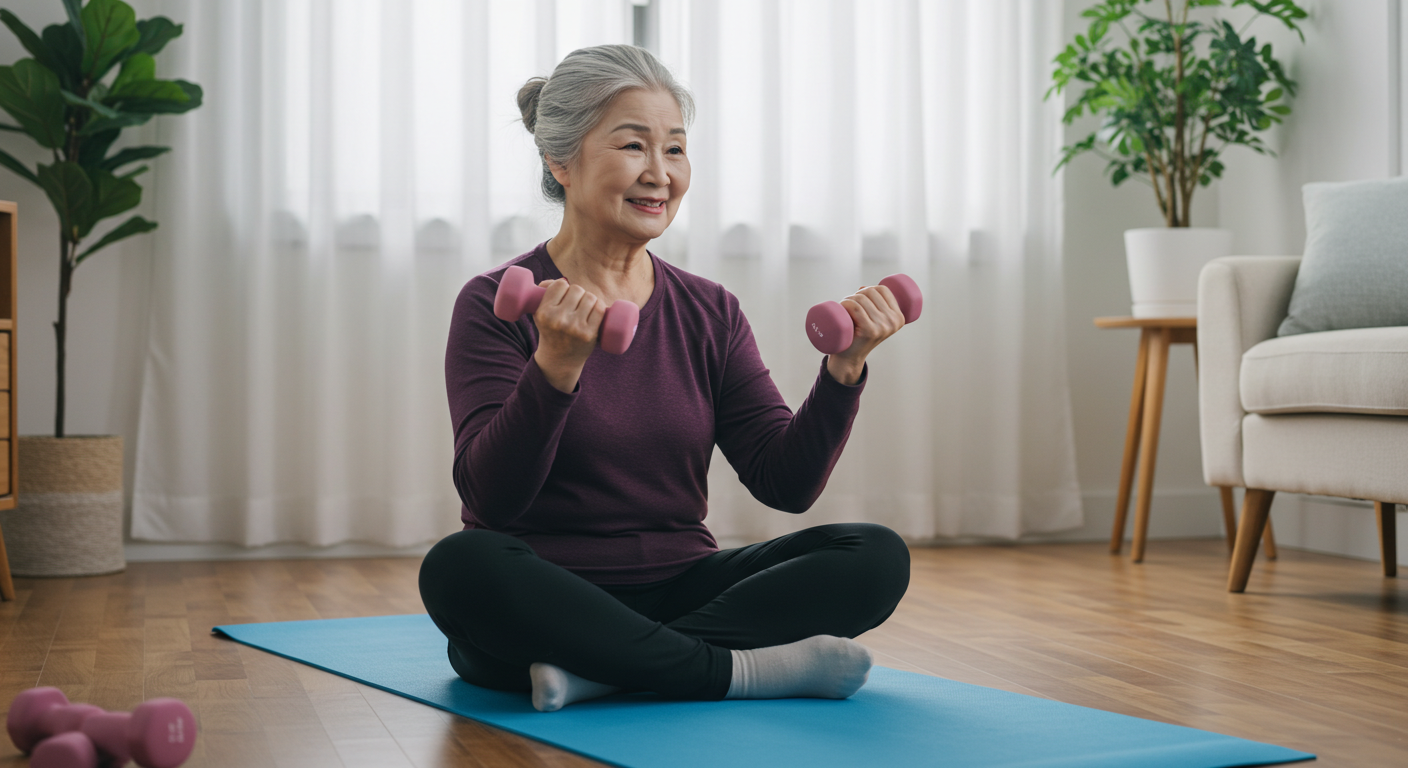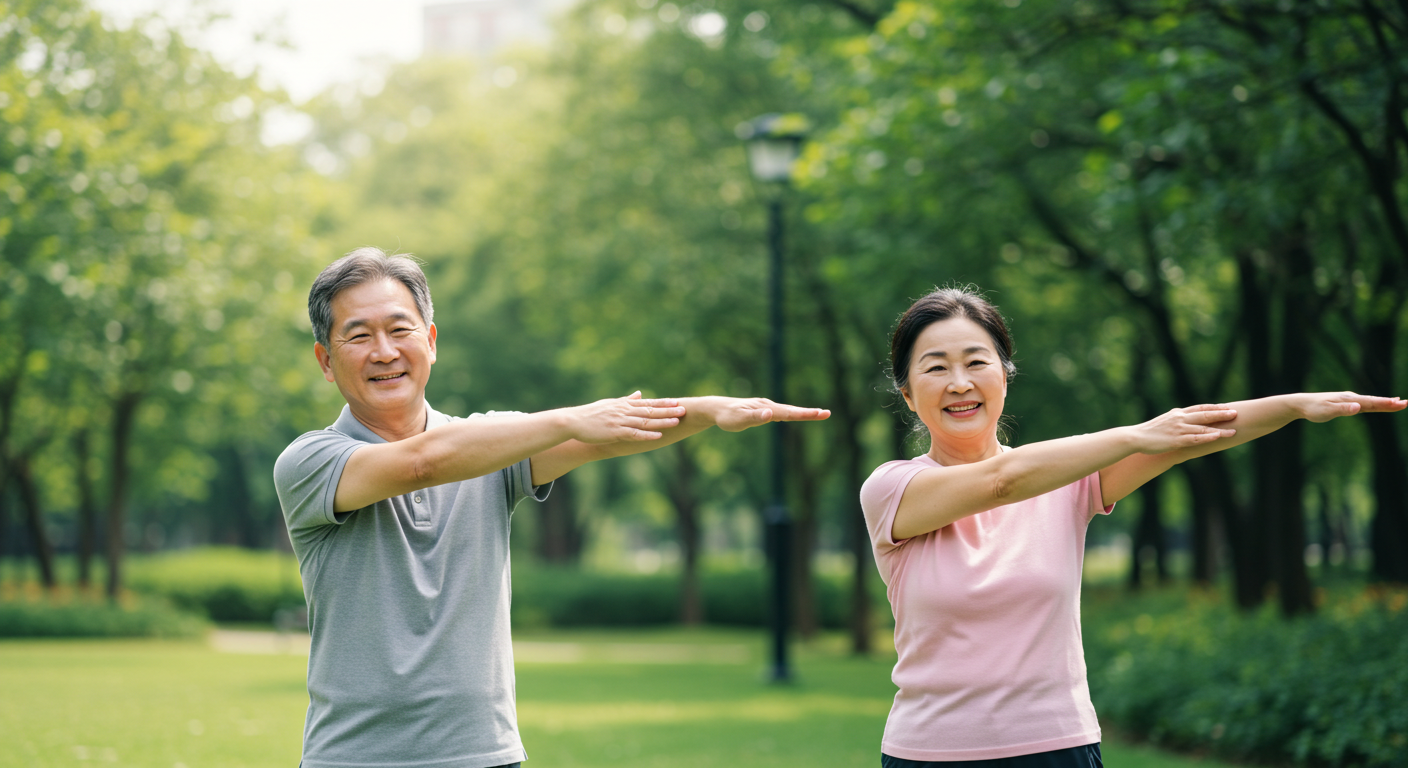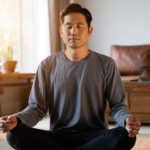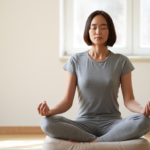As we age, staying active becomes more important—not less. Regular physical activity plays a key role in preserving mobility, reducing the risk of falls, and even improving cognitive function in older adults.
While some may assume it’s too late to start exercising after 65, studies consistently show that beginning a fitness routine at any age brings real benefits. In fact, over 70% of health issues in older adults are influenced by lifestyle factors, including inactivity.
Below, we break down three essential types of exercise that seniors can incorporate into their weekly routine to support strength, balance, and overall quality of life.
1. Low-Impact Cardio for Heart and Lung Health

Cardiovascular health declines naturally with age, but low-impact aerobic exercise can slow this process and boost endurance.
It also helps manage chronic conditions such as hypertension, type 2 diabetes, and obesity.
- Aim for 30 minutes of brisk walking, swimming, or cycling most days of the week
- Start with 10-minute sessions and gradually increase duration
- Choose flat, safe walking routes or community pools to avoid joint stress
According to the American Heart Association, regular aerobic activity can lower the risk of heart disease in older adults by up to 35%.
2. Strength Training to Prevent Muscle Loss and Frailty

Sarcopenia, or age-related muscle loss, is a leading cause of frailty and falls.
Strength training not only preserves muscle mass but also improves bone density and metabolism.
- Perform resistance training 2–3 times per week
- Use resistance bands, light dumbbells, or bodyweight movements
- Focus on functional exercises like squats, wall push-ups, and seated leg lifts
A 12-week resistance training program has been shown to increase mobility and reduce fall risk in seniors by 40%, according to the National Institute on Aging.
3. Balance and Flexibility Exercises to Prevent Falls

Each year, millions of seniors experience falls—many leading to serious injury or loss of independence.
Incorporating balance and flexibility exercises into a weekly routine can significantly lower this risk.
- Practice tai chi, yoga, or balance drills using a chair for support
- Stretch daily to improve joint mobility and posture
- Simple exercises like heel-to-toe walking or single-leg stands can be very effective
Research shows that balance-focused programs can cut fall risk by up to 30% in adults over 65.
Final Thoughts
Staying physically active in your later years isn’t about running marathons—it’s about maintaining the strength, mobility, and confidence to live independently.
Whether you’re just getting started or returning to a more active lifestyle, remember:
- Start slow and progress gradually
- Choose exercises you enjoy and can safely perform
- Consult with a doctor or physical therapist if you have any medical conditions
The most important thing is consistency. Small, regular movements lead to lasting health benefits.











You must take part in a contest for among the best blogs on the web. I’ll advocate this site!